Home>Furniture & Design>Bathroom Accessories>How Often Should You Wash Your Bath Mat
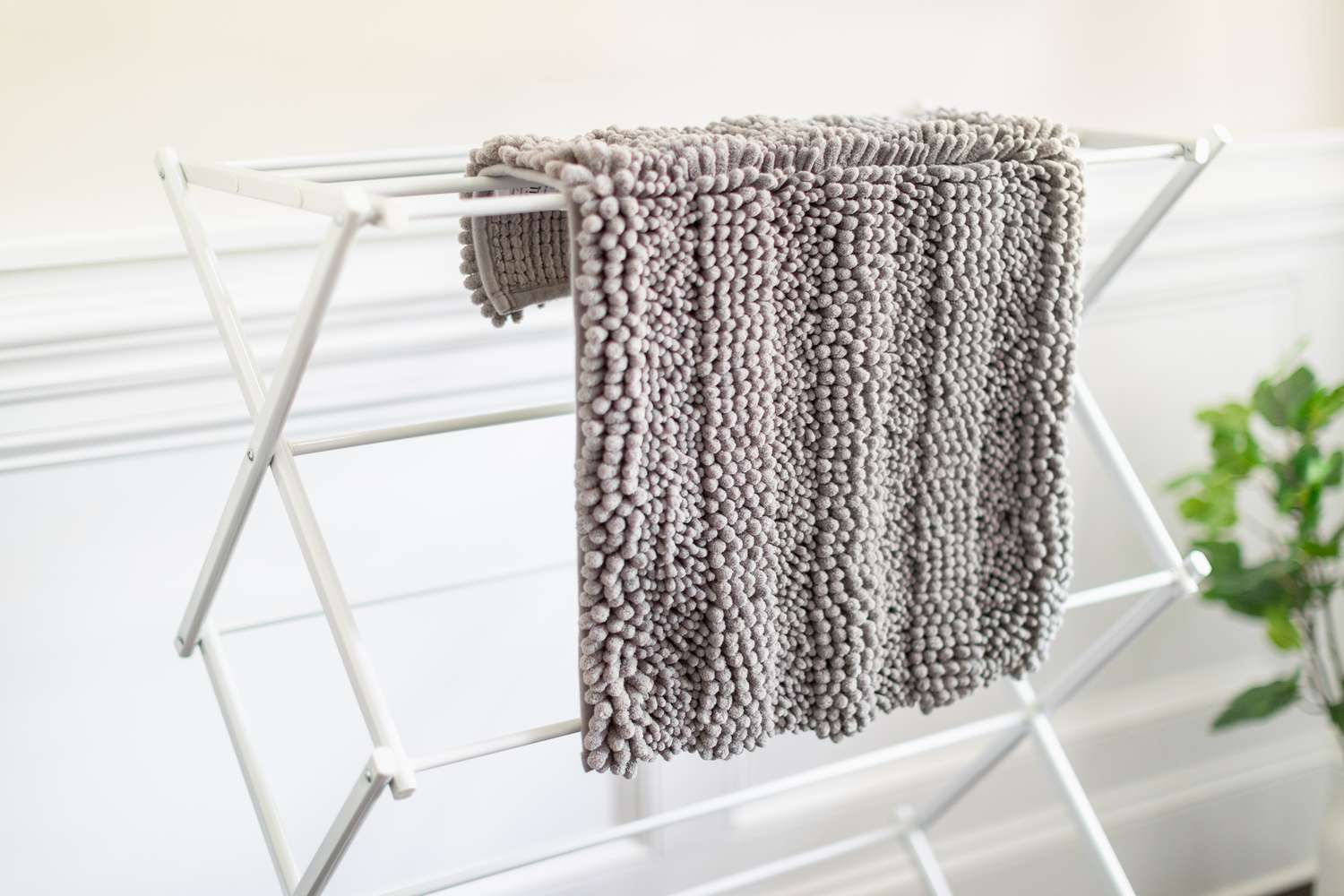

Bathroom Accessories
How Often Should You Wash Your Bath Mat
Published: February 10, 2024
Discover the best practices for maintaining your bathroom accessories. Find out how often you should wash your bath mat for a clean and hygienic space.
(Many of the links in this article redirect to a specific reviewed product. Your purchase of these products through affiliate links helps to generate commission for Storables.com, at no extra cost. Learn more)
Introduction
When it comes to maintaining a clean and hygienic bathroom, the bath mat plays a crucial role. Not only does it enhance the aesthetic appeal of the space, but it also serves as a functional and practical accessory. However, the question of how often one should wash their bath mat is a common dilemma faced by many. The frequency of washing your bath mat depends on various factors, including the type of mat, usage, and environmental conditions. In this comprehensive guide, we will delve into the key considerations for determining the optimal washing frequency for your bath mat. Additionally, we will explore the signs that indicate when your bath mat requires cleaning and provide valuable tips for preserving its cleanliness and longevity. So, let's embark on this journey to unravel the secrets of maintaining a fresh and inviting bathroom environment, starting with understanding the factors that influence bath mat washing frequency.
Key Takeaways:
- Keep your bathroom fresh by washing your bath mat weekly, especially if it’s made of cotton. Look out for stains, odors, and moisture retention as signs it needs cleaning.
- Different bath mat materials require different washing frequencies. Remember to vacuum, treat stains promptly, and rotate mats for a clean and inviting bathroom.
Read more: How Often Should You Replace Your Bath Mat
Factors to Consider
When contemplating the frequency of washing your bath mat, several crucial factors come into play. Understanding these factors is essential for making an informed decision about the optimal washing schedule for your bath mat.
-
Usage: The frequency of use is a significant determinant. A bath mat in a heavily frequented bathroom will accumulate more dirt, moisture, and bacteria compared to one in a less frequently used bathroom. If your bath mat is subjected to daily use, it will require more frequent washing to maintain cleanliness and hygiene.
-
Material: The material composition of the bath mat is another pivotal factor. Different materials, such as cotton, microfiber, bamboo, or memory foam, have varying levels of absorbency and durability. For instance, a cotton bath mat may require more frequent washing due to its high absorbency, while a bamboo mat may be more resistant to moisture and odors, necessitating less frequent washing.
-
Environmental Conditions: The environmental factors in your bathroom, such as humidity and ventilation, can impact the cleanliness of your bath mat. A bathroom with poor ventilation may lead to moisture retention in the bath mat, creating an ideal breeding ground for mold and mildew. In such conditions, more frequent washing is imperative to prevent the buildup of harmful microorganisms.
-
Foot Traffic: The number of people using the bathroom also influences the frequency of bath mat washing. In a household with multiple occupants, the bath mat is likely to be exposed to higher foot traffic, resulting in more dirt and grime accumulation. Consequently, it will require more frequent washing to uphold cleanliness.
-
Presence of Pets or Children: If pets or children frequently use the bathroom, the bath mat is prone to spills, stains, and additional soiling. In such scenarios, more frequent washing may be necessary to address these specific cleaning needs.
Considering these factors will enable you to tailor your bath mat washing routine to suit the unique requirements of your household and maintain a clean, hygienic, and inviting bathroom environment.
Frequency for Different Types of Bath Mats
The optimal washing frequency for bath mats varies depending on the specific type of material and construction. Understanding the unique characteristics of different bath mat types is essential for determining the most suitable washing schedule to maintain cleanliness and hygiene.
-
Cotton Bath Mats:
- Cotton bath mats are known for their exceptional absorbency, making them a popular choice for bathrooms. However, this high absorbency also means that they tend to retain moisture and become soiled more quickly. As a result, cotton bath mats typically require more frequent washing, especially in bathrooms with high foot traffic. A general guideline is to wash cotton bath mats at least once a week to prevent the buildup of moisture, odors, and bacteria.
-
Microfiber Bath Mats:
- Microfiber bath mats are valued for their softness and quick-drying properties. Due to their efficient moisture-wicking capabilities, microfiber bath mats may require less frequent washing compared to cotton mats. Washing them every 1-2 weeks, or as needed based on usage and soiling, is typically sufficient to maintain their cleanliness and freshness.
-
Bamboo Bath Mats:
- Bamboo bath mats are renowned for their natural antimicrobial properties and resistance to moisture. As a result, they can be washed less frequently than traditional fabric mats. Depending on usage and environmental conditions, washing a bamboo bath mat every 2-3 weeks may be adequate to keep it clean and hygienic.
-
Memory Foam Bath Mats:
- Memory foam bath mats offer luxurious cushioning and comfort, but they require special care to maintain their quality. Due to their dense and absorbent nature, memory foam bath mats should be washed every 2-3 weeks to prevent the accumulation of moisture and bacteria.
-
Rubber or Plastic Bath Mats:
- Bath mats made of rubber or plastic materials are designed for easy cleaning and maintenance. While they are less prone to absorbing moisture, regular cleaning is essential to prevent the growth of mold and mildew. These mats can be rinsed or wiped down weekly to ensure a hygienic bathroom environment.
By considering the specific characteristics of your bath mat, such as material, absorbency, and maintenance requirements, you can establish a tailored washing schedule that aligns with the unique needs of your bathroom and household. Adhering to the recommended washing frequency for different types of bath mats will contribute to a cleaner, more inviting bathroom space while prolonging the lifespan of your bath mat.
Signs Your Bath Mat Needs Washing
Recognizing the signs that indicate your bath mat requires washing is essential for maintaining a clean and hygienic bathroom environment. By staying attuned to these indicators, you can proactively address the cleanliness of your bath mat and prevent the accumulation of dirt, moisture, and bacteria. Here are the key signs that signal it's time to give your bath mat a thorough wash:
-
Visible Stains and Spills: Stains and spills on the surface of your bath mat are clear indicators that it needs washing. Whether it's a coffee spill, makeup stains, or accidental spills from bath products, visible discolorations and marks detract from the overall cleanliness and appearance of the mat.
-
Unpleasant Odors: If your bath mat emits unpleasant or musty odors, it's a telltale sign that it requires washing. Lingering odors indicate the presence of bacteria, mold, or mildew, which thrive in moist environments. Regular washing is crucial to eliminate these odors and maintain a fresh, inviting bathroom atmosphere.
-
Dampness and Moisture Retention: A damp or moist bath mat is a breeding ground for bacteria and mold. If your bath mat feels consistently damp, especially in areas with poor ventilation, it's a clear indication that it needs thorough washing and proper drying to prevent the growth of harmful microorganisms.
-
Visible Dirt and Grime Buildup: Over time, dirt, dust, and grime can accumulate on the surface of the bath mat, particularly in high-traffic areas. Visible soiling and discoloration are evident signs that the mat has reached the point where a comprehensive cleaning is necessary to restore its cleanliness and appeal.
-
Allergies or Skin Irritation: If you or your family members experience unexplained allergies or skin irritation after using the bathroom, the bath mat could be a contributing factor. Accumulated dust, pet dander, or other allergens on the mat's surface can trigger allergic reactions, signaling the need for thorough washing and maintenance.
-
Reduced Absorbency: Bath mats, especially those made of absorbent materials like cotton or microfiber, may lose their absorbency over time due to the accumulation of residues and oils. If your bath mat no longer effectively absorbs moisture after use, it's a clear indication that it requires washing to restore its functionality and hygiene.
By remaining vigilant for these signs, you can ensure that your bath mat receives the attention it needs to uphold cleanliness, hygiene, and visual appeal in your bathroom. Regular washing and maintenance will not only prolong the lifespan of your bath mat but also contribute to a more pleasant and inviting bathroom environment for you and your family.
Tips for Maintaining a Clean Bath Mat
Maintaining a clean bath mat is essential for preserving hygiene, prolonging its lifespan, and upholding the overall cleanliness of your bathroom. By implementing the following tips, you can ensure that your bath mat remains fresh, inviting, and free from dirt, moisture, and bacteria.
Regular Vacuuming or Shaking
To prevent the accumulation of dust, dirt, and debris on your bath mat, consider incorporating regular vacuuming into your cleaning routine. Using a handheld vacuum or the brush attachment of your vacuum cleaner, gently vacuum the surface of the bath mat to remove loose particles and maintain its cleanliness. Alternatively, if your bath mat is suitable for it, take it outdoors and give it a vigorous shake to dislodge any trapped dirt and dust.
Prompt Stain Treatment
In the event of spills or stains on your bath mat, prompt treatment is crucial to prevent them from setting and becoming more challenging to remove. Blot the affected area with a clean cloth or paper towel to absorb excess moisture, then treat the stain using a mild detergent or stain remover according to the manufacturer's instructions. Avoid using harsh chemicals that may damage the material of the bath mat.
Air Drying and Sunlight Exposure
After washing your bath mat, ensure thorough air drying to prevent moisture retention and the growth of mold and mildew. Hang the bath mat in a well-ventilated area or outdoors, allowing it to air dry completely before placing it back in the bathroom. Additionally, when weather permits, take advantage of sunlight exposure, as natural sunlight possesses natural disinfectant properties that can help eliminate bacteria and odors.
Regular Washing Schedule
Establish a regular washing schedule based on the specific type of bath mat and its usage. Refer to the manufacturer's guidelines for washing instructions and recommended frequency. For machine-washable bath mats, use a gentle cycle and mild detergent to preserve the integrity of the material. Avoid using excessive heat during drying, as it can cause shrinkage or damage to certain types of bath mats.
Read more: How Often Should You Clean A Washing Machine
Rotation and Alternation
Consider having multiple bath mats on rotation to minimize wear and tear while allowing each mat to thoroughly dry between uses. Alternating between different bath mats also reduces the frequency of washing for each individual mat, prolonging their longevity and maintaining a consistently clean and fresh bathroom environment.
Regular Maintenance of Bathroom Environment
In addition to caring for the bath mat itself, maintaining a clean and well-ventilated bathroom environment is essential for preserving the cleanliness of the mat. Regular cleaning of bathroom surfaces, proper ventilation, and addressing any moisture issues will contribute to a healthier and more hygienic setting for your bath mat.
By incorporating these tips into your bath mat maintenance routine, you can ensure that your bath mat remains a clean, hygienic, and visually appealing addition to your bathroom, enhancing the overall comfort and cleanliness of the space.
Conclusion
In conclusion, maintaining a clean and hygienic bath mat is essential for upholding the overall cleanliness and inviting ambiance of your bathroom. The optimal frequency for washing your bath mat depends on various factors, including usage, material, environmental conditions, foot traffic, and the presence of pets or children. By considering these factors, you can tailor a washing schedule that aligns with the unique needs of your household, ensuring that your bath mat remains fresh, clean, and free from harmful microorganisms.
Understanding the specific characteristics of different types of bath mats is crucial for determining the most suitable washing frequency. Whether you have a cotton, microfiber, bamboo, memory foam, or rubber/plastic bath mat, adhering to the recommended washing guidelines for each type will contribute to a cleaner, more inviting bathroom space while prolonging the lifespan of your bath mat.
Recognizing the signs that indicate your bath mat requires washing, such as visible stains, unpleasant odors, moisture retention, dirt buildup, and reduced absorbency, empowers you to proactively address the cleanliness of your bath mat. By staying vigilant for these indicators, you can ensure that your bath mat receives the attention it needs to uphold cleanliness, hygiene, and visual appeal in your bathroom.
Furthermore, implementing practical tips for maintaining a clean bath mat, including regular vacuuming or shaking, prompt stain treatment, thorough air drying, establishing a regular washing schedule, rotation and alternation of bath mats, and maintaining a clean bathroom environment, will contribute to the longevity and cleanliness of your bath mat.
Ultimately, by incorporating these insights and recommendations into your bath mat maintenance routine, you can create a healthier, more hygienic, and visually appealing bathroom environment for you and your family. A clean bath mat not only enhances the aesthetic appeal of the space but also contributes to a more comfortable and inviting bathroom experience. Therefore, by understanding the factors influencing bath mat washing frequency, recognizing the signs that indicate the need for washing, and implementing effective maintenance strategies, you can ensure that your bath mat remains a clean, hygienic, and valued accessory in your bathroom.
Frequently Asked Questions about How Often Should You Wash Your Bath Mat
Was this page helpful?
At Storables.com, we guarantee accurate and reliable information. Our content, validated by Expert Board Contributors, is crafted following stringent Editorial Policies. We're committed to providing you with well-researched, expert-backed insights for all your informational needs.
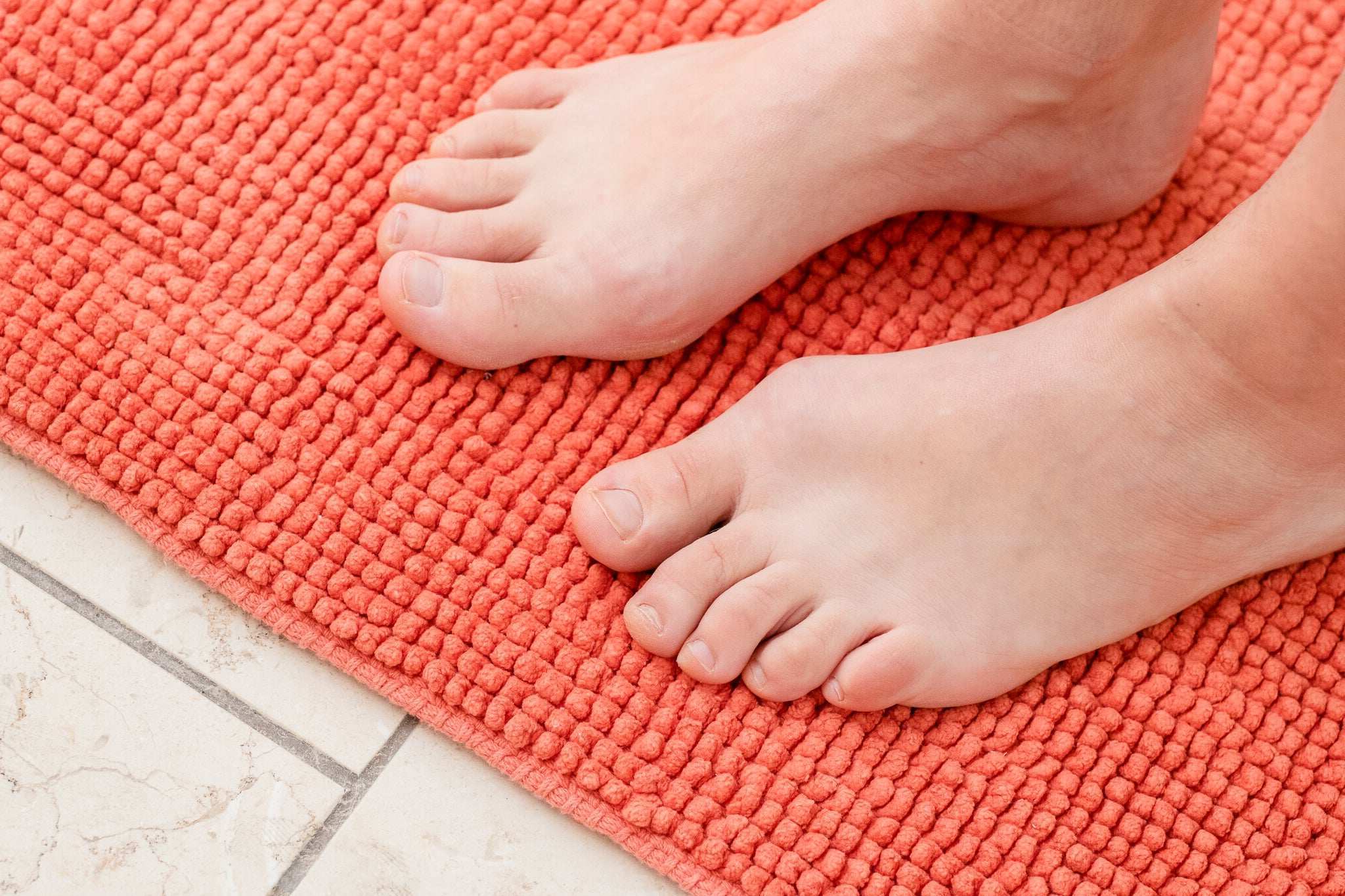
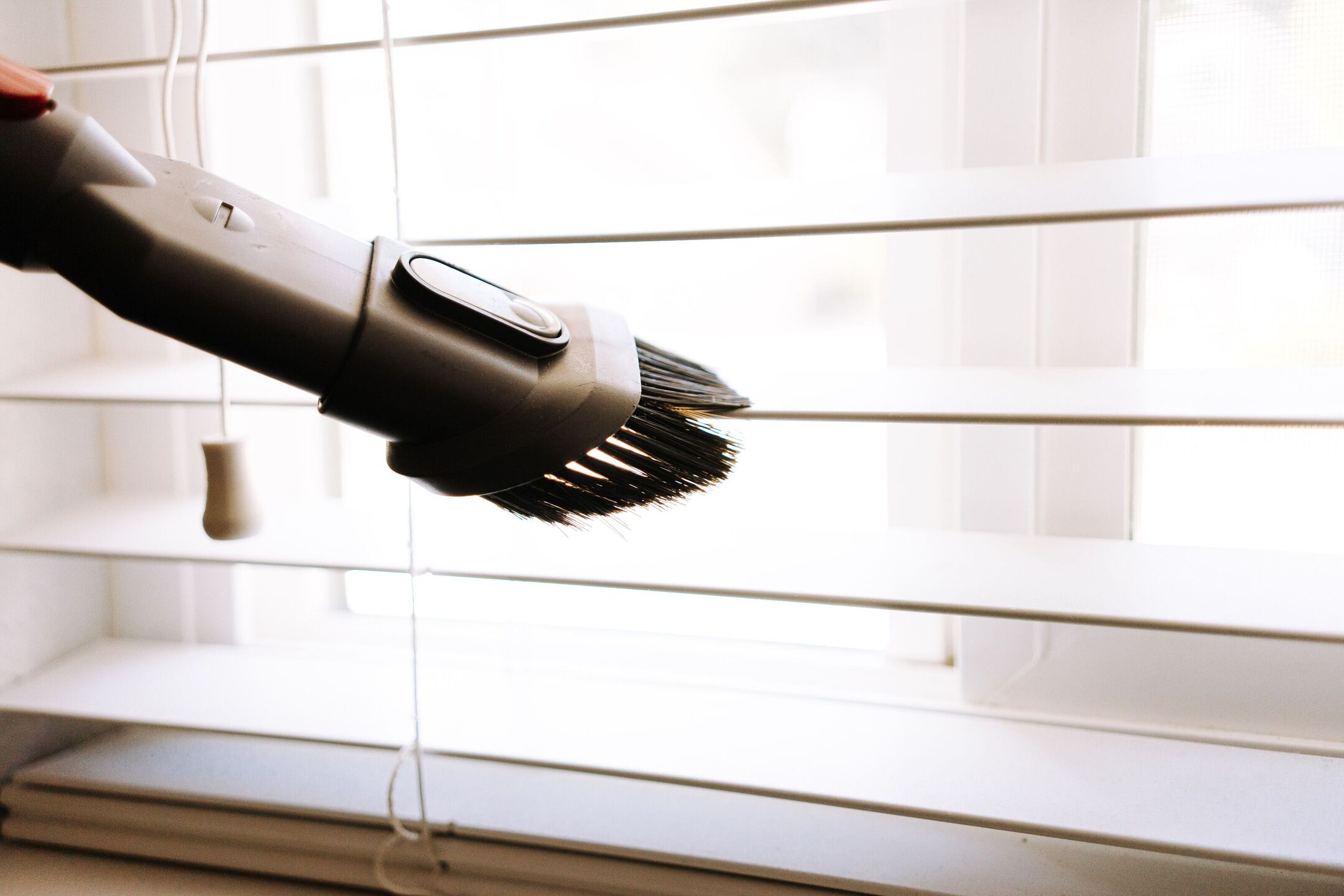
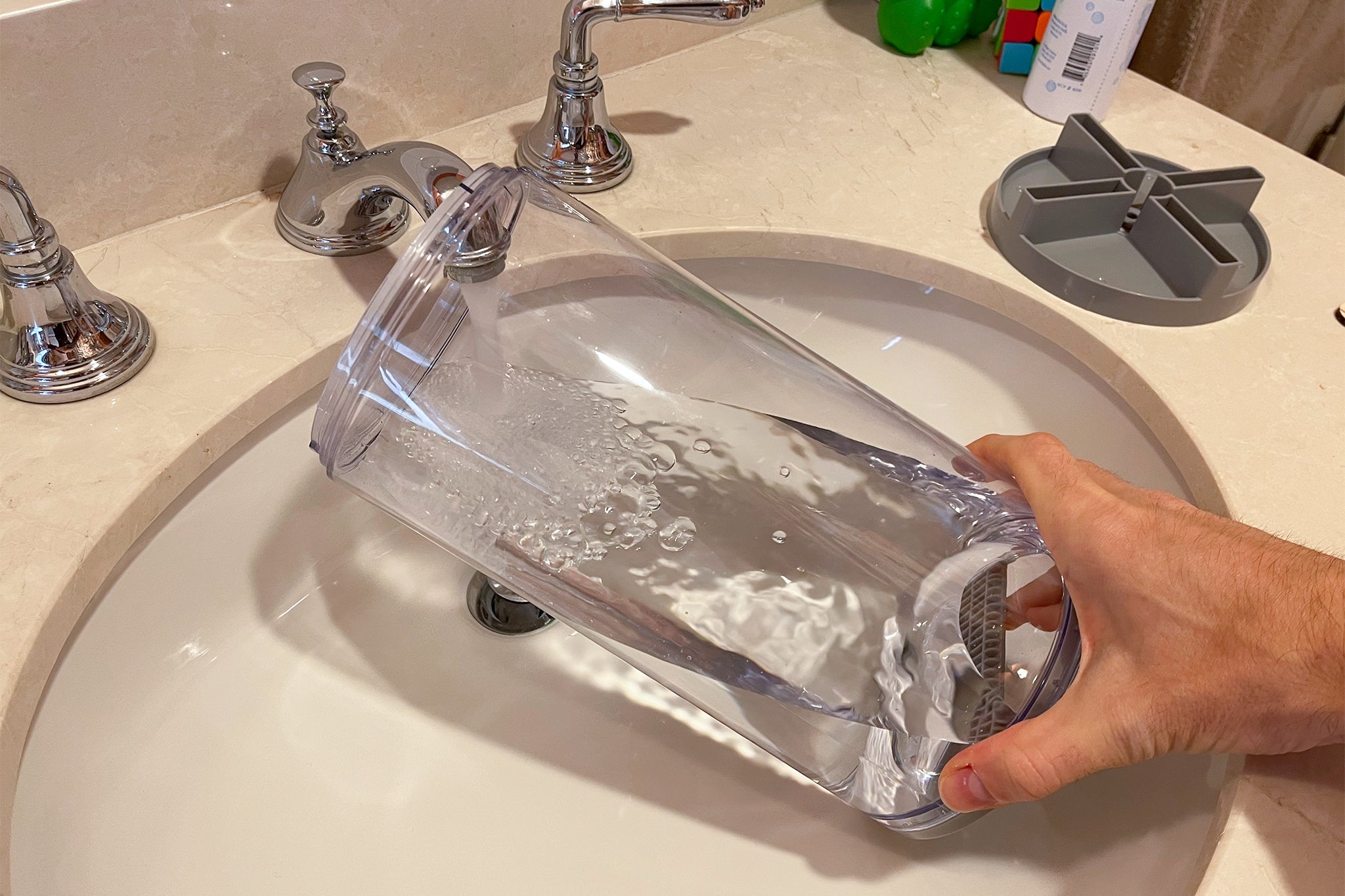
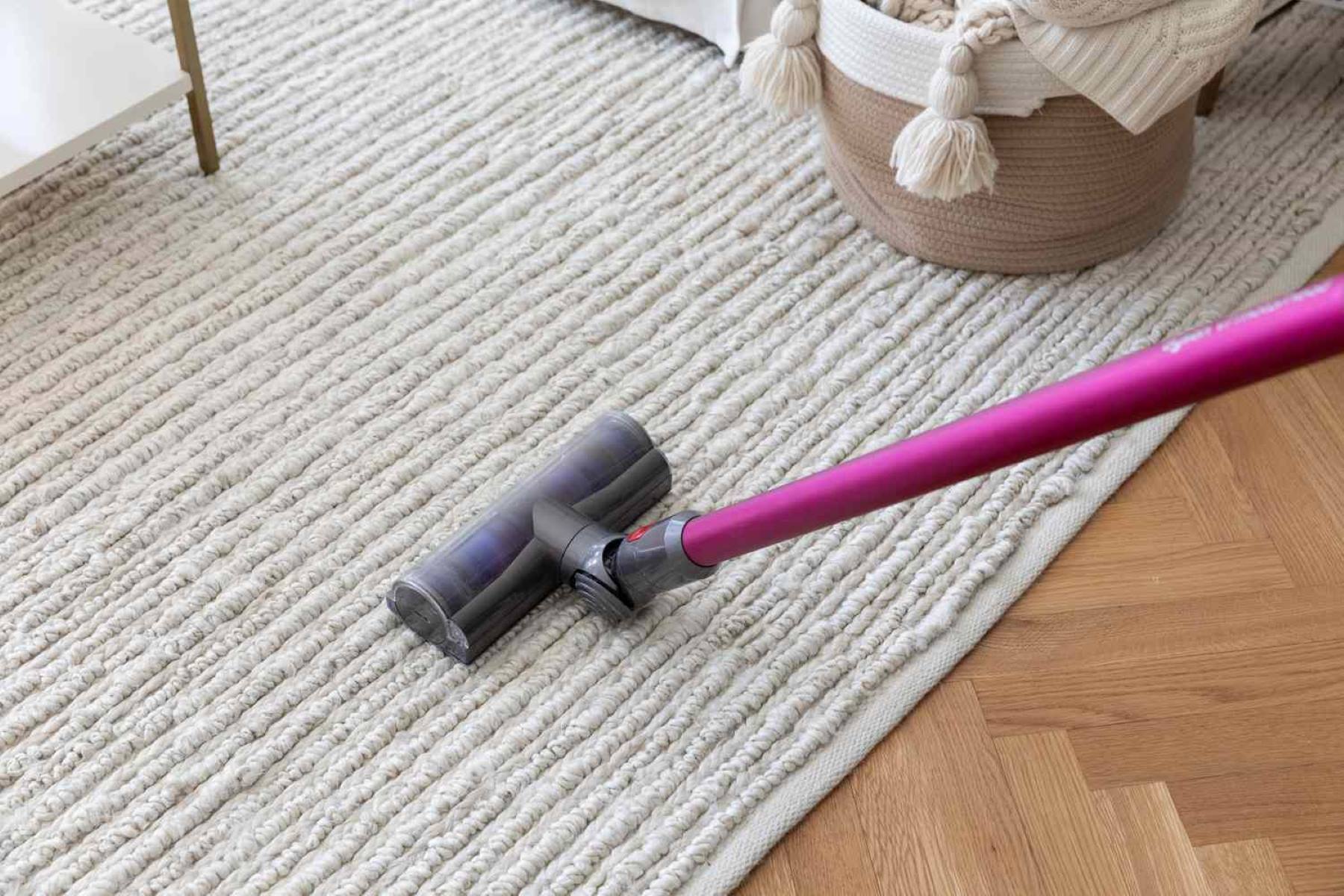


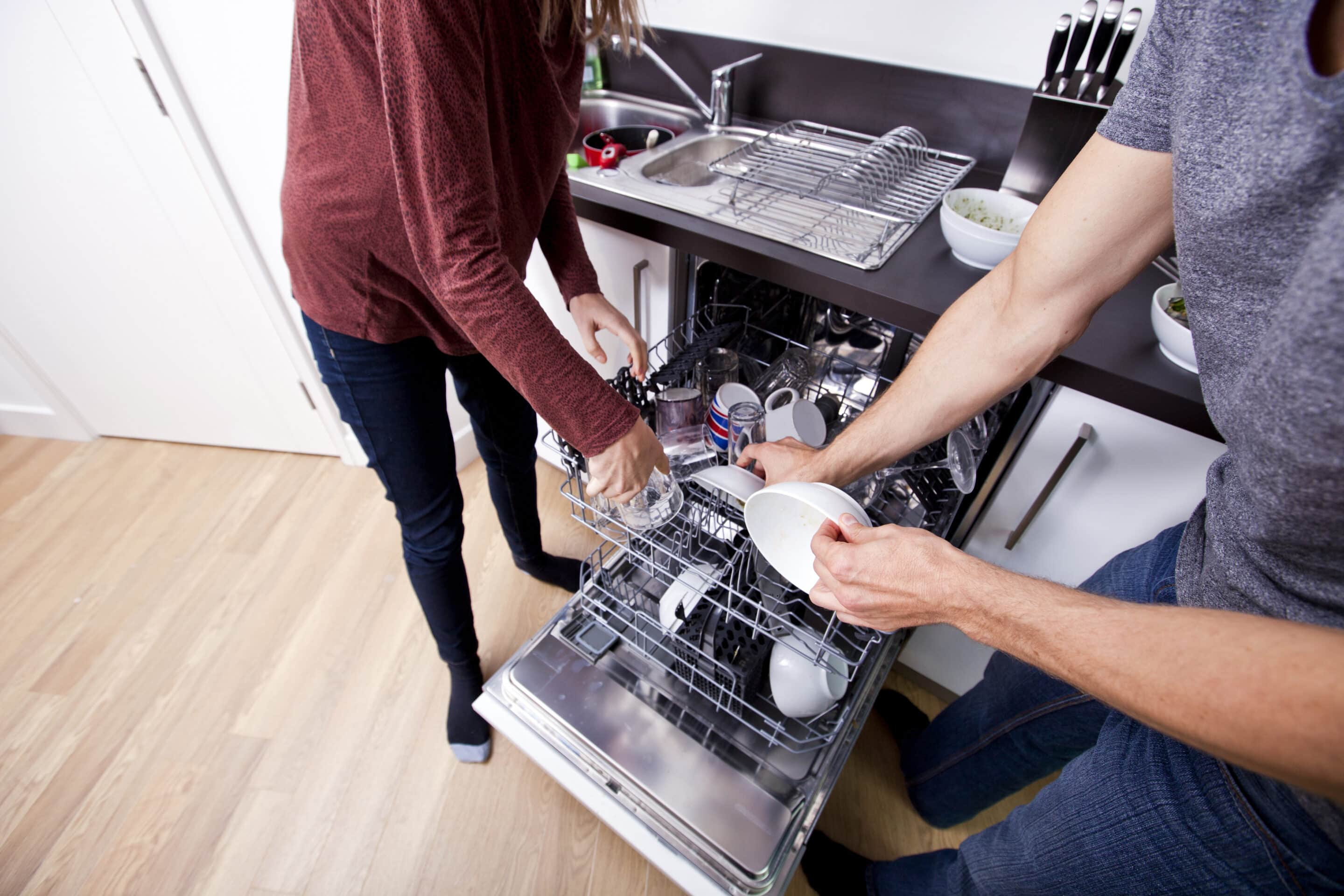
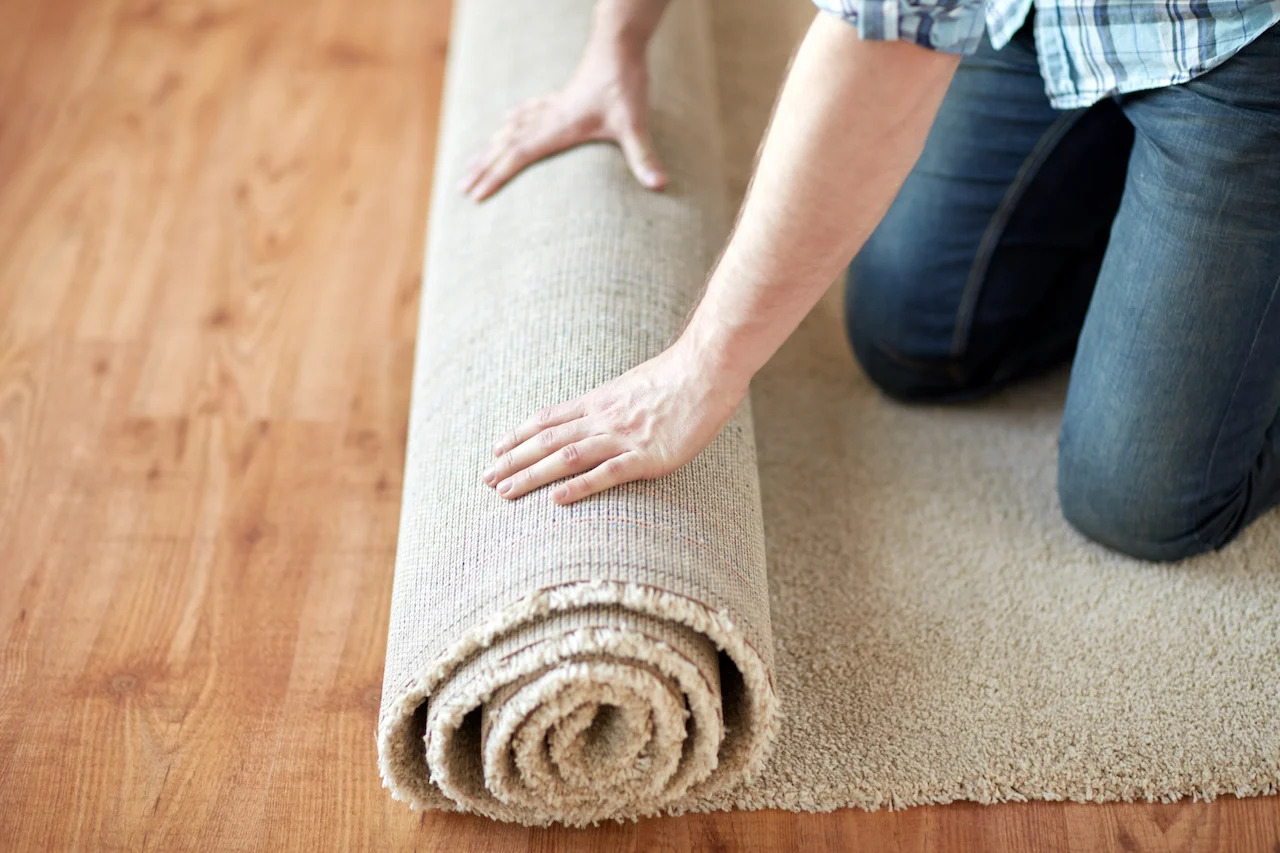
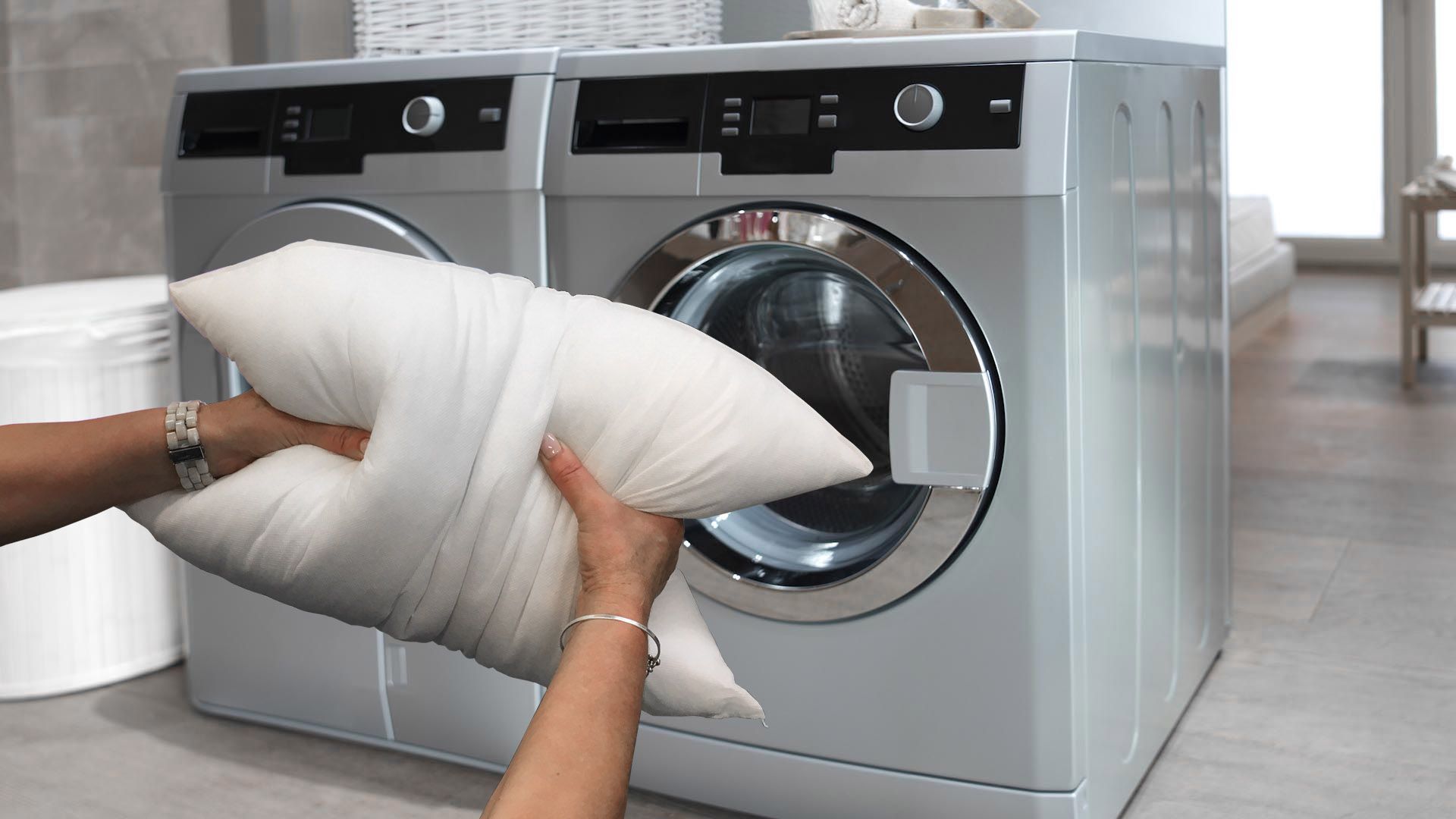
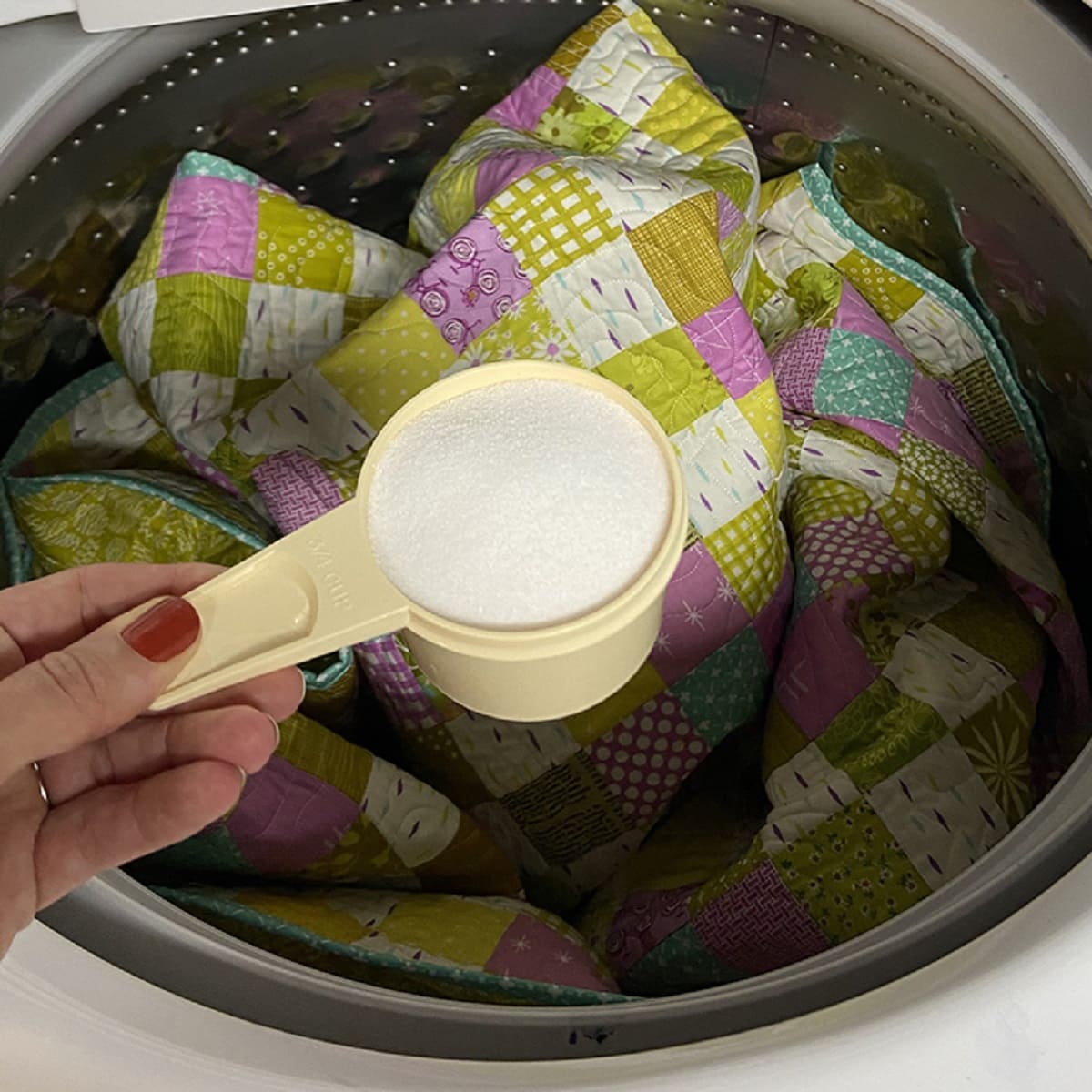
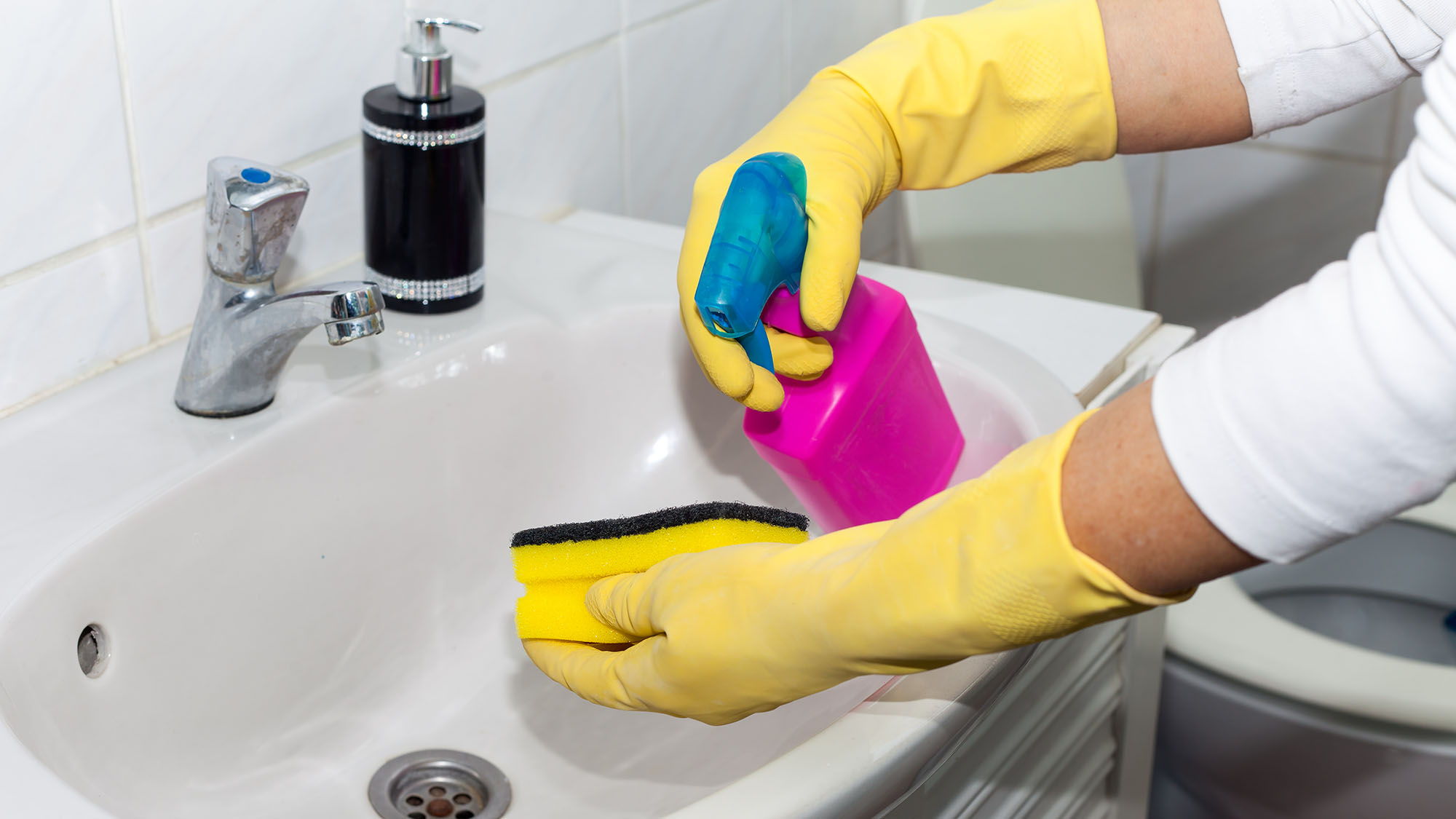
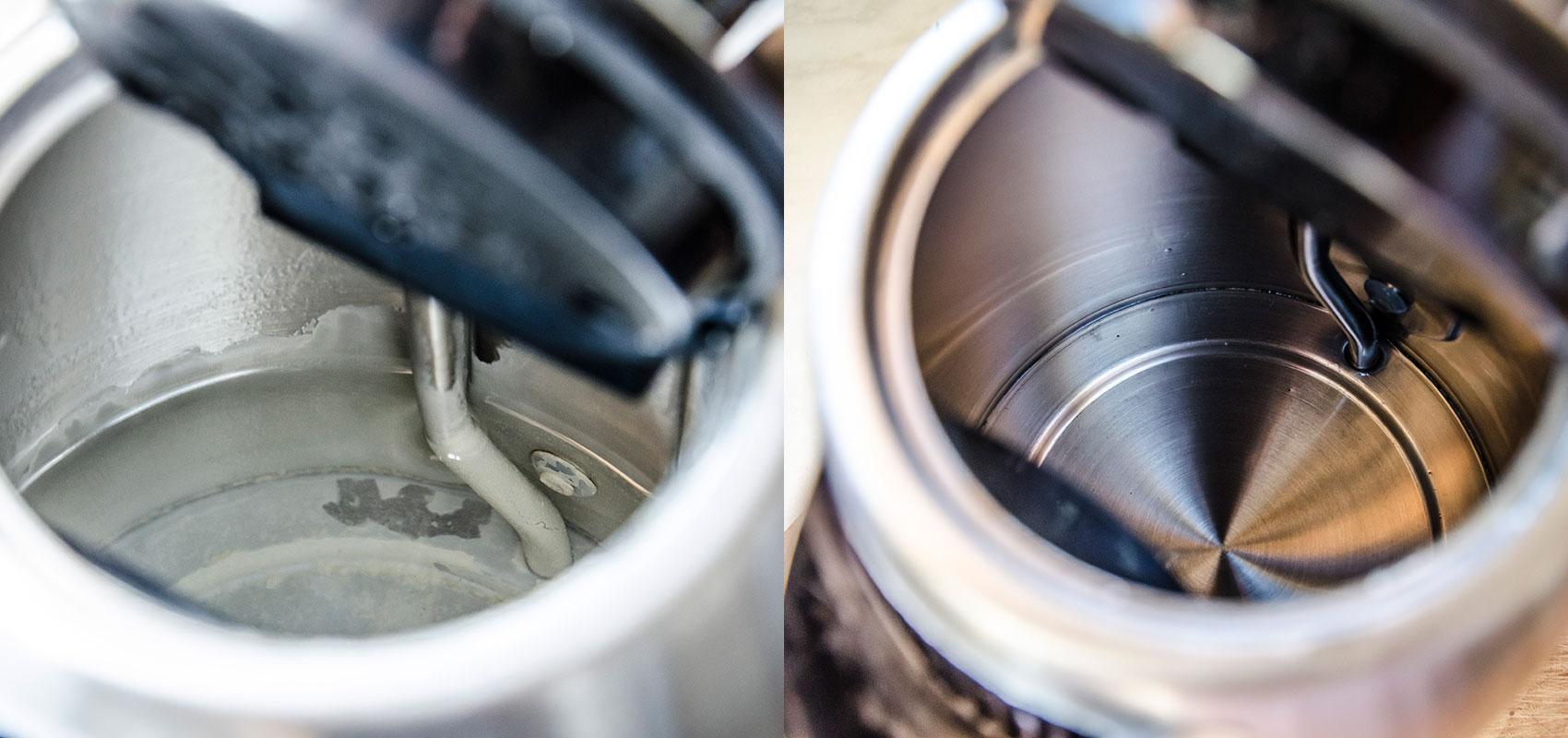
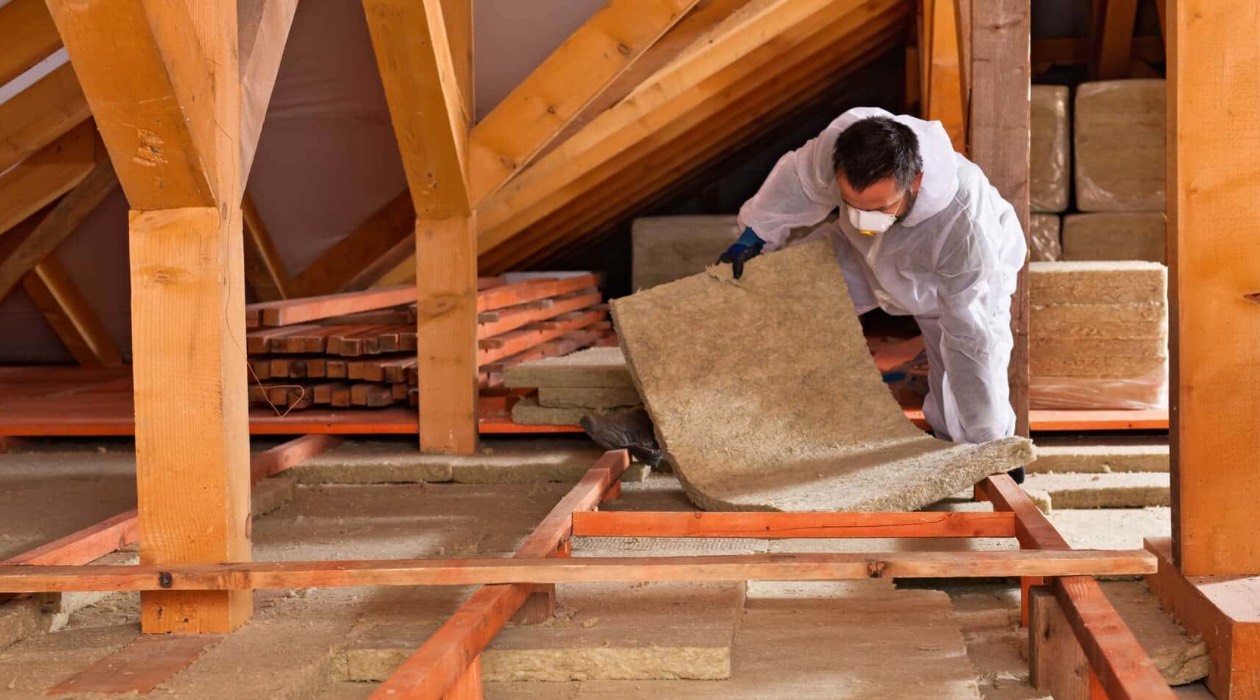

0 thoughts on “How Often Should You Wash Your Bath Mat”